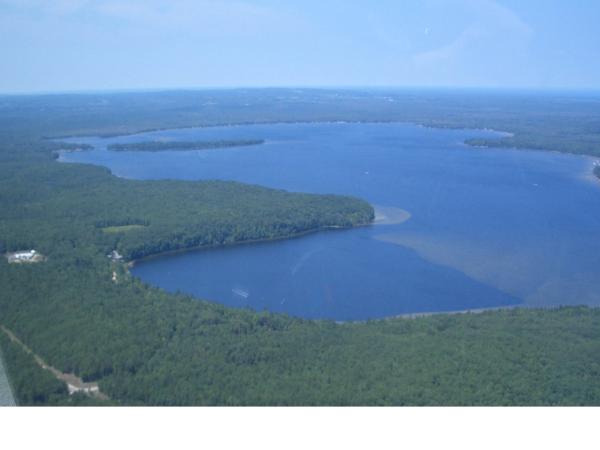EEB Thursday Seminar: Physiographic factors control carbon distribution and biogeochemical cycling in a glaciated northern forest landscape
Luke Nave, Assistant Research Scientist, UM Biological Station
Physiographic factors, including parent material, topography, climate, soils, and hydrology, are fundamental bottom-up controls on ecosystem functioning. These factors are inter-related, and understanding their roles in shaping overarching, integrative ecosystem functions such as carbon storage and biogeochemical cycling are crucial to appreciating the functioning of ecosystems at larger scales (e.g., watersheds to landscapes). At UMBS, a rich ecosystem classification framework makes it possible to place studies of carbon cycling and biogeochemistry in a larger spatial and conceptual realm. I will offer results and synthesis from several UMBS-based projects aimed at understanding C cycling and biogeochemical processes in soils and vegetation, focusing on three key findings: 1) Physiographic factors explain the spatial distribution of carbon stocks across the landscape; 2) Pedogenic pathways control the fate of the largest carbon stocks on the landscape; 3) Groundwater is the most important physical force shaping soil development, carbon distribution and biogeochemical cycling on the landscape.
Light refreshments served at 4 p.m.
Light refreshments served at 4 p.m.
| Building: | Chemistry Dow Lab |
|---|---|
| Event Type: | Lecture / Discussion |
| Tags: | Biology, Ecology, Environment, Research |
| Source: | Happening @ Michigan from EEB Thursday Seminars, Ecology and Evolutionary Biology, University of Michigan Biological Station, Program in Biology |


